Instagram's reel functionality brought upon it an extensive outreach, and it is currently being utilized by multitudes of users worldwide. In addition to providing entertainment, Instagram serves as a valuable platform for companies to implement their marketing strategies through its various marketing features. The demand for these features has witnessed a significant surge as channels and accounts aspire to reach their intended audience effectively.
The task of evaluating and reviewing data necessitates the utilization of appropriate resources, and Instagram provides an Application Programming Interface (API) for this purpose. The Instagram APIs are powerful resources that empower developers to craft third-party applications for the purpose of accessing and examining data from the platform. These organizations furnish companies with invaluable perspectives on the conduct of their followers, encompassing their predilections, appreciations, and observations. The aforementioned observations can subsequently be employed to enhance marketing tactics, fabricate captivating content, and amplify the influx of visitors to their application or website.
There are two distinct classifications of API.
- Instagram display API
- Graph API
The Instagram Display API is a tool that enables developers to seamlessly integrate a user's fundamental details, including their basic profile information, media content (such as photos and videos), and media metadata. However, this particular API only offers read-only access to the account data.
In contrast, the Instagram Graph API is a strong interface that empowers enterprises and other content producers to effectively manage their commercial accounts and digital footprint on the platform. The Graph API offers equivalent features to the Basic Display API, while also enabling applications to collect metadata and other relevant details pertaining to diverse enterprises and innovators. The Application Programming Interface (API) serves as a versatile tool that enables users to obtain and disseminate their media, oversee and respond to comments on their media, detect media where they have been tagged by other Instagram users, locate media that have been hashtagged, and obtain fundamental metadata and metrics concerning other Instagram companies and creators.
Instagram display API: How is it different from the graph API?
Purpose
The main objective is to showcase user-generated content sourced from Instagram on external websites or applications.
This platform presents a diverse array of functionalities, that include the retrieval of user profiles, media metadata, comments, likes, and insights tailored for business accounts, as well as the capacity to publish content and oversee specific facets of an Instagram account.
- Access and Permissions
In order to display Instagram content, this API requires the user's consent and authority.
This service offers a more extensive and inclusive approach to accessing Instagram's platform data, resulting in the gathering of suitable permissions from users and undergoing a thorough app review process by Facebook.
- Features and Data
This API provides a restricted range of capabilities, enabling developers to access and showcase fundamental profile data and multimedia content from duly authorized user accounts.
The Graph API offers an extensive range of functionalities that empower developers to execute diverse actions, including but not limited to content publication, comment management, post-scheduling, and the retrieval of sophisticated analytics.
- Integration
The main focus lies in the exhibition of content within external applications or websites.
Facilitates an in-depth integration with the platform of Instagram, empowering programmers to construct applications that interact with Instagram's features and information in a more comprehensive manner.
- Development and Approval
It may be necessary to undergo an app approval and review process to ensure adherence to platform regulations and data privacy laws.
In a similar vein, the acquisition of app approval and review necessitates adherence to particular rules and conditions for obtaining various characteristics and data.

Instagram display API: who is it intended for?
The Instagram Basic Display API is specifically intended for developers and creators who want to craft applications that incorporate simple, read-only access to a user's Instagram profile data, photos, and videos. This API is an ideal choice for applications whose primary focus is to showcase content from Instagram in a streamlined manner, without the necessity for complex interactions or analytics.
For instance, consider a developer building a portfolio website for a photographer. The Instagram Basic Display API can be employed to effortlessly import and display the photographer’s latest Instagram photos on the website. This way, as the photographer updates their Instagram gallery, the portfolio website remains current without any additional effort.
Another example is an event organizer who wishes to create an app for an upcoming festival. The app could use the Instagram Basic Display API to collate and display images and videos shared by the attendees. This not only adds an interactive element to the app but also creates a digital memento of the event.
It is crucial, however, to note the limitations. The Instagram Basic Display API is not suitable for business applications that need to publish content, moderate comments, or extract analytical data. Moreover, the API does not serve as an authentication solution and is not compatible with business app types.
In contrast, if the requirement is more advanced, such as creating an application for social media management that includes publishing posts and analyzing engagement, then the Instagram Graph API is a more apt choice.

Ways to use Instagram display API to get very basic user details
Employing the Instagram Story API empowers developers to retrieve and showcase Instagram Stories from publicly accessible accounts on their respective platforms or applications. An instance of an application that employs the Instagram Story API is Insta-Stories.online, a platform that facilitates incognito perusal of Instagram Stories, eliminating the necessity of logging in. In order to gain proficiency in utilizing the Instagram Story API, one may adhere to the ensuing guidelines:
- Obtain API Access:
To get started, it is essential for developers to initiate the process by creating an Instagram Developer account and subsequently registering an application. The process involves the creation of API credentials, including a client ID and client secret, via the Instagram Developer website.
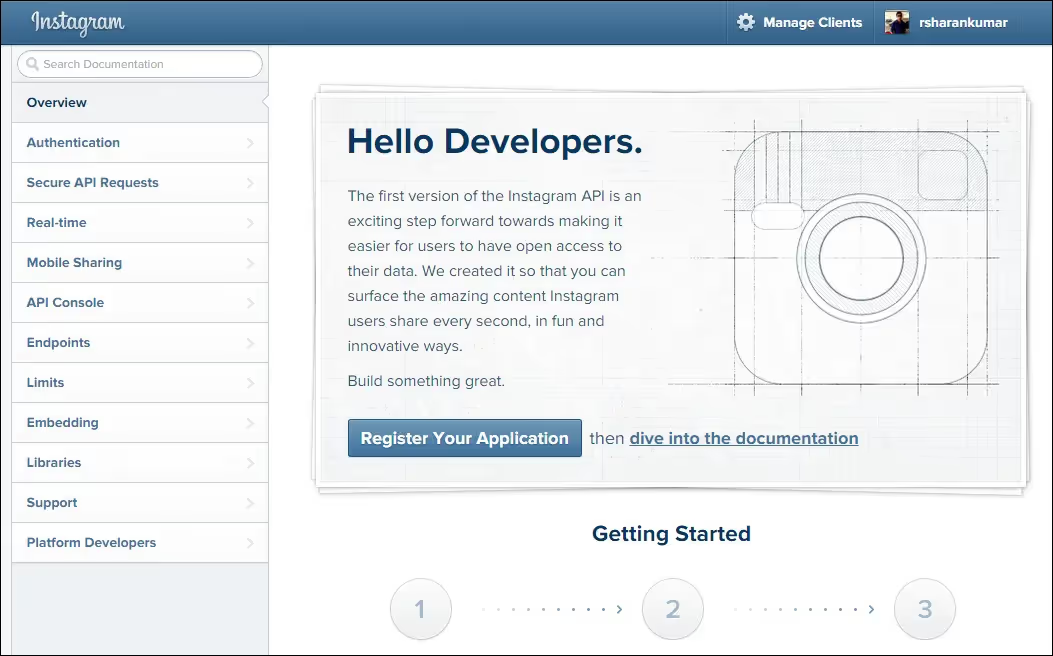
- Authenticate User:
In order to access Instagram Stories via the API, users are required to undergo an authentication process using their respective Instagram accounts. The attainment of this objective can be realized through the implementation of the Instagram Basic Display API, which affords users the opportunity to bestow permissions upon the application.

- Retrieve an Access Token:
- Upon successful authentication, it is imperative to acquire an access token. This token functions as an essential means of accessing the Instagram Story API and may be obtained through the execution of the requisite API request utilizing the client ID and client secret.
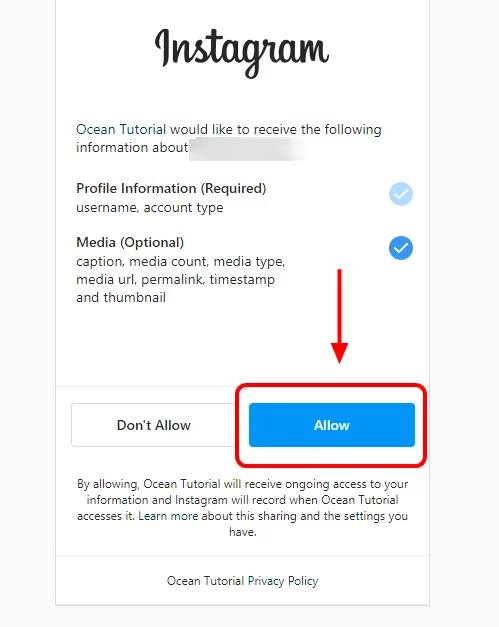
- Fetch Stories:
Upon obtaining the access token, developers are enabled to initiate API requests for the purpose of retrieving stories from Instagram accounts that are public. The application programming interface (API) offers endpoints such as GET /{media-id} and GET /{user-id}/media, enabling the retrieval of designated media or media originating from a specific user.
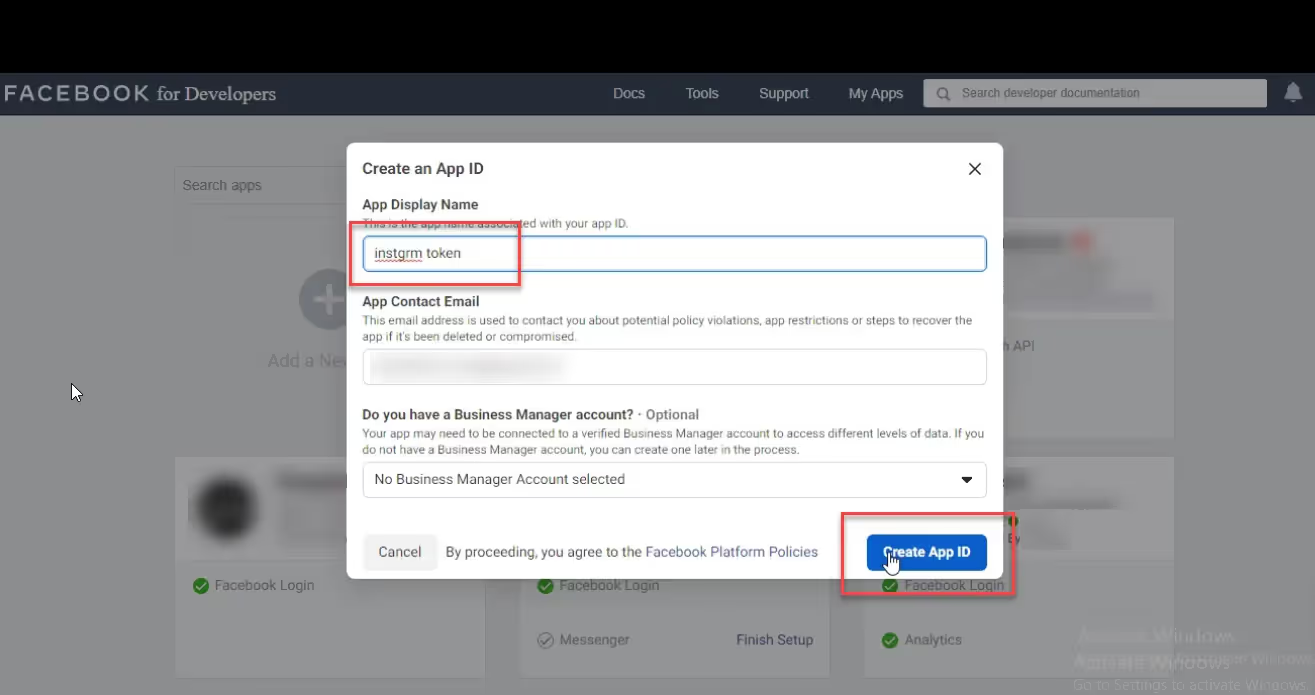
- Display Stories:
Upon retrieving the Story data, software developers can subsequently arrange and exhibit the content on their respective platforms or applications. The creation of an interactive and visually captivating interface for users to view the stories can be achieved through the use of HTML, CSS, and JavaScript.
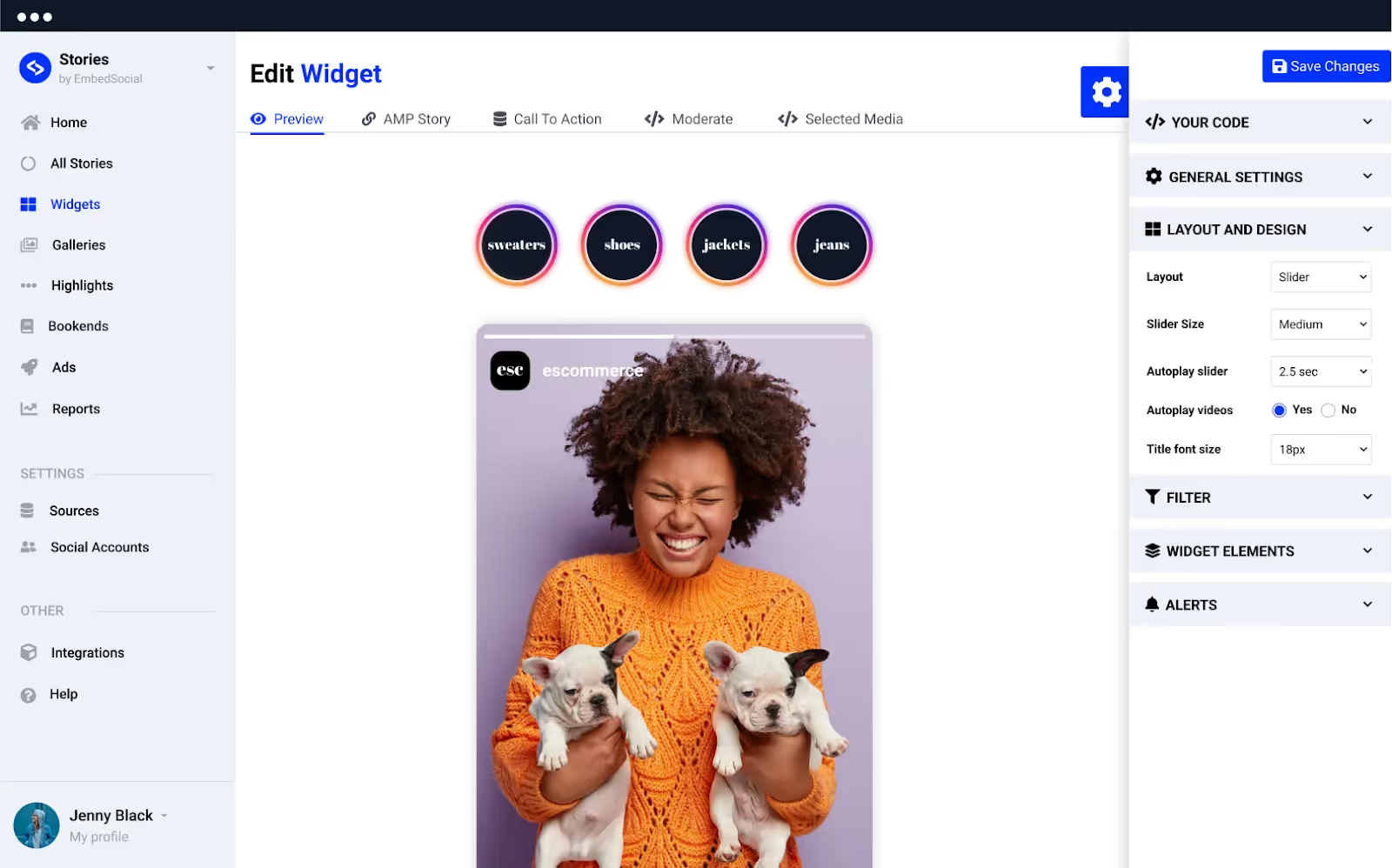
Related Read:
- How to Use Instagram API Integration
- How to use Instagram API to get followers
- Social Media Demographics API: How to Get Demographics Data
The Instagram Media API
It allows developers to access and download media assets from Instagram, such as photos and videos. To understand how to effectively use the Instagram Media API, the following steps can be followed:
- Create an Instagram Developer Account:
It is imperative for developers to establish an Instagram Developer account and duly enroll their applications. The procedure requires acquiring API credentials, namely a client ID and client secret, from the Instagram Developer website.
- Authenticate User:
In order to procure media assets through the API, users are required to authenticate themselves by means of their Instagram accounts. The attainment of this objective can be realized through the implementation of the Instagram Basic Display API, which confers upon users the ability to bestow requisite authorizations to the application.
Retrieve Access Token:
Upon the completion of a successful authentication process, it is imperative to procure an access token. This particular token functions as a crucial means of accessing the Instagram Media API, obtainable through the execution of the requisite API request utilizing the client ID and client secret.
Fetch Media Details:
Once the access token is obtained, developers are empowered to execute API requests and fetch media particulars, including photos or videos, by utilizing the GET /{media-id} endpoint. This particular endpoint facilitates developers in specifying the distinct identifier of the media they intend to procure.
- Download Media Assets:
Upon retrieval of the media particulars, software developers may utilize the furnished Uniform Resource Locators (URLs) or endpoints to procure the media resources. The aforementioned resources have the capability to be stored in a local repository or presented effectively to the end-users through the application interface.
The Instagram Feed API
This feature facilitates the easy incorporation of Instagram feeds into applications or extensions, empowering developers to offer users a smooth browsing experience, enabling them to interact with other users and view profiles with ease. An instance of an application that employs the Instagram Feed API is the "App for Instagram" Chrome extension. This particular extension provides users with the convenience of accessing their Instagram feed, sending direct messages, and viewing other users' profiles, all from the comfort of their web browsers. In order to acquire a comprehensive understanding of the optimal utilization of the Instagram Feed API, one may adhere to the ensuing set of instructions.:
- Obtain API Access:
Developers must create an Instagram Developer account and register their application to obtain API credentials, including a client ID and client secret, from the Instagram Developer website.
- Authenticate User:
Users who want to use the "App for Instagram" extension need to authenticate themselves with their Instagram accounts. This authentication process is facilitated using the Instagram Basic Display API, allowing users to grant necessary permissions to the application.
- User Authorization:
Once authenticated, the extension sends a GET request to the /OAuth/authorize endpoint to obtain authorization from the user. This step ensures that the user gives explicit consent for the application to access their Instagram feed and perform actions on their behalf.
- Fetch User Details:
With user authorization, developers can make API requests to retrieve user details using the GET /{user-id} endpoint. This allows the extension to access the user's profile information, including their username, bio, and profile picture.
- Display Feed and Interactions:
After retrieving user details, the extension can fetch the user's Instagram feed by making API requests to the appropriate endpoints. For example, the GET /{media-id} endpoint can be used to fetch individual media items from the user's feed. The retrieved data can then be formatted and displayed within the extension, enabling users to browse their feeds, send direct messages, and view other profiles directly from their browsers.
How does Phyllo make API integration simple for developers?
Developers seeking to integrate Instagram features into their applications can use Instagram APIs for seamless integration. One such tool that stands out for its simplicity and efficacy is Phyllo, which streamlines the process of Instagram API integration.
The Intricacies of Instagram API
Instagram offers various APIs that allow developers to access Instagram account data. For example, by using the Instagram API, developers can perform functions like "Instagram API get post" or "Instagram API get all posts", thus accessing user posts efficiently. However, navigating the various APIs and understanding their capabilities can be complex.
Phyllo: A Gateway to Streamlined Integration
Phyllo serves as a bridge that simplifies the integration process. By providing a single, easily-integrate API, Phyllo connects to multiple social media platforms, including Instagram.
Comprehensive Access to Data:
Phyllo provides access to extensive creator data such as profile information, content feeds, audience demographics, Instagram stories, reels, and content views.
Transparency and Control:
Phyllo ensures transparency and consent, allowing creators to trust the platform with their data. It offers insights into the information collected and how it is used.
Cross-Platform Integration:
Besides Instagram, Phyllo facilitates integration with other platforms like Twitch and Substack.
Using Phyllo for Retrieving Instagram Data
Phyllo Connect SDK for Instagram:
The Connect SDK is designed to offer creators control and transparency over their data. It guides users through the connection process and educates them about Phyllo’s role. Additionally, it allows users to disconnect their linked accounts whenever desired.
Simplifying Instagram Login:
Instagram login can be a convoluted process, especially for creators. Phyllo simplifies this by seamlessly guiding users through the process of linking a professional account to a Facebook page.
Harnessing Instagram Stories with Graph APIs:
Instagram Stories is a significant content format. Phyllo provides access to engagement metrics for Instagram stories, a feature not readily available elsewhere.
Phyllo vs. Traditional Instagram API Integration
Phyllo's approach contrasts with traditional Instagram API integration:
Accurate Data:
Unlike third-party aggregators, Phyllo provides highly accurate data directly from the source.
Frequency of Data Refresh:
Phyllo refreshes creator data at a frequency of 24 hours or sooner, ensuring that developers have access to the most current data.
Support for Webhooks:
It supports webhooks for immediate updates on creator data changes, working in tandem with source platforms.
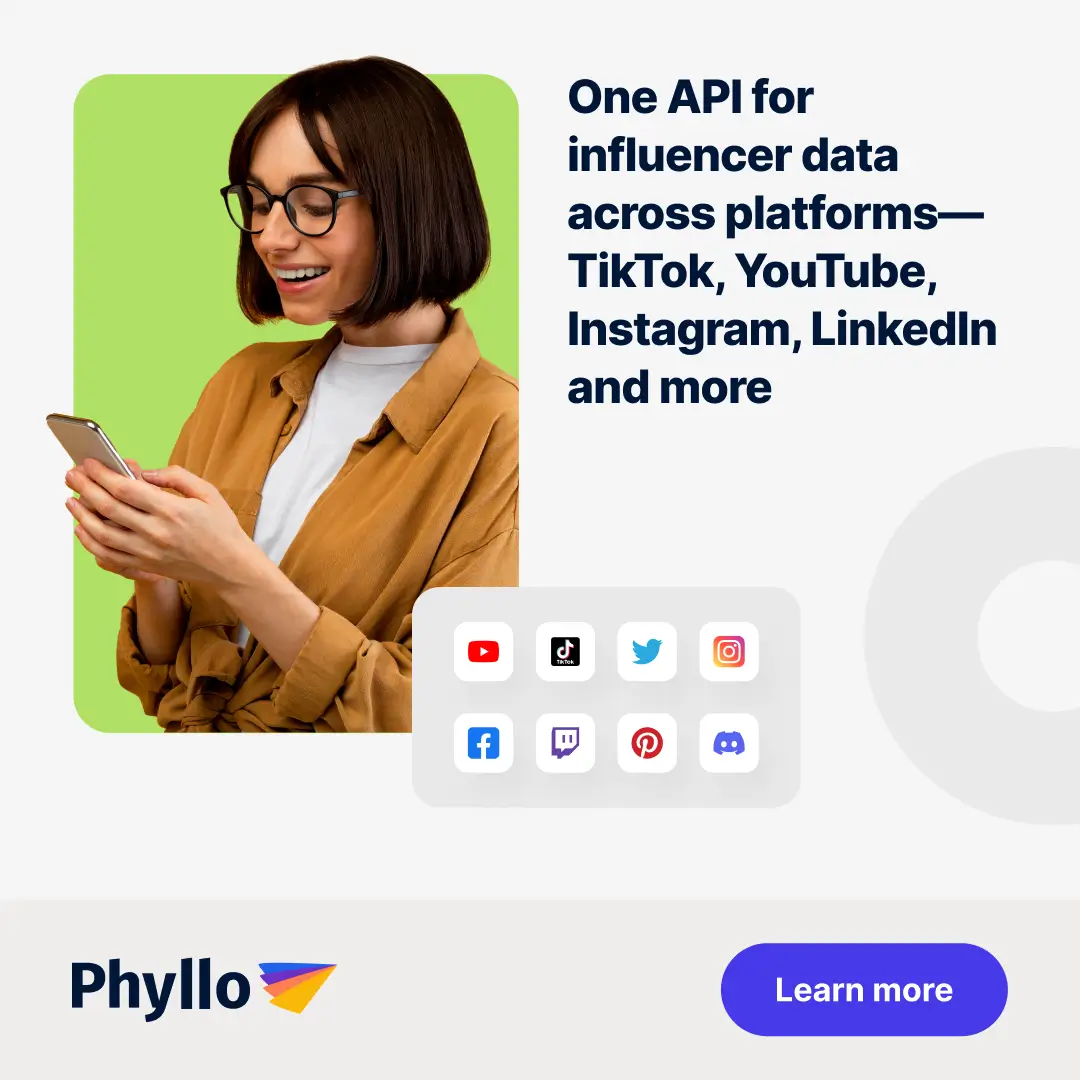
Real-World Example
Suppose a corporation is seeking to devise a promotional strategy that involves Instagram influencers. By utilizing Phyllo, one can effortlessly obtain comprehensive information regarding diverse influencers, encompassing their audience demographics and engagement rates on both stories and posts. This facilitates the process of handpicking the most suitable influencers for their marketing campaign and tracking their efficacy via precise and current data.
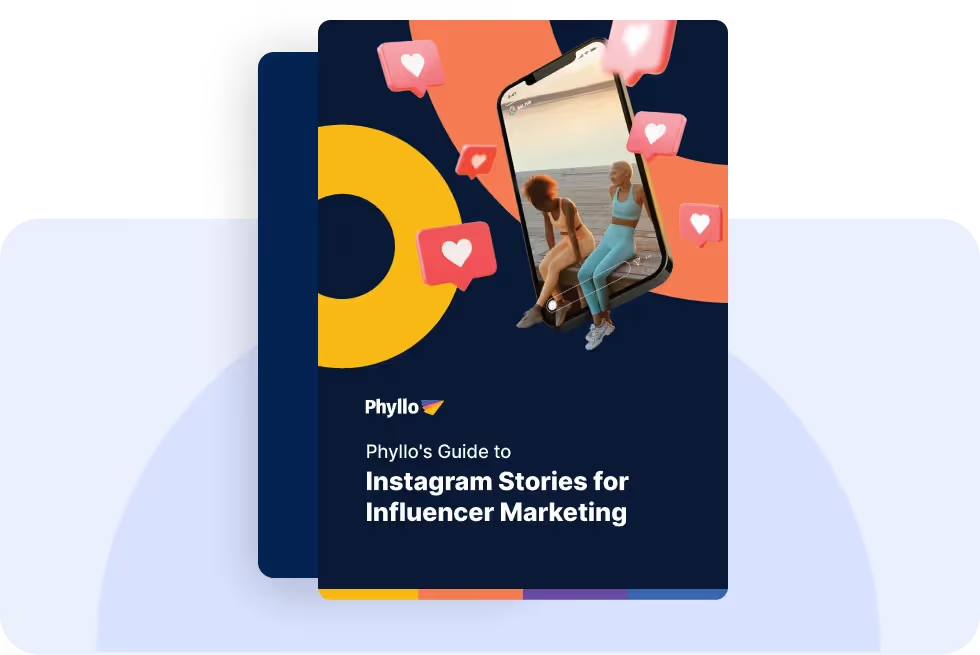

.avif)







